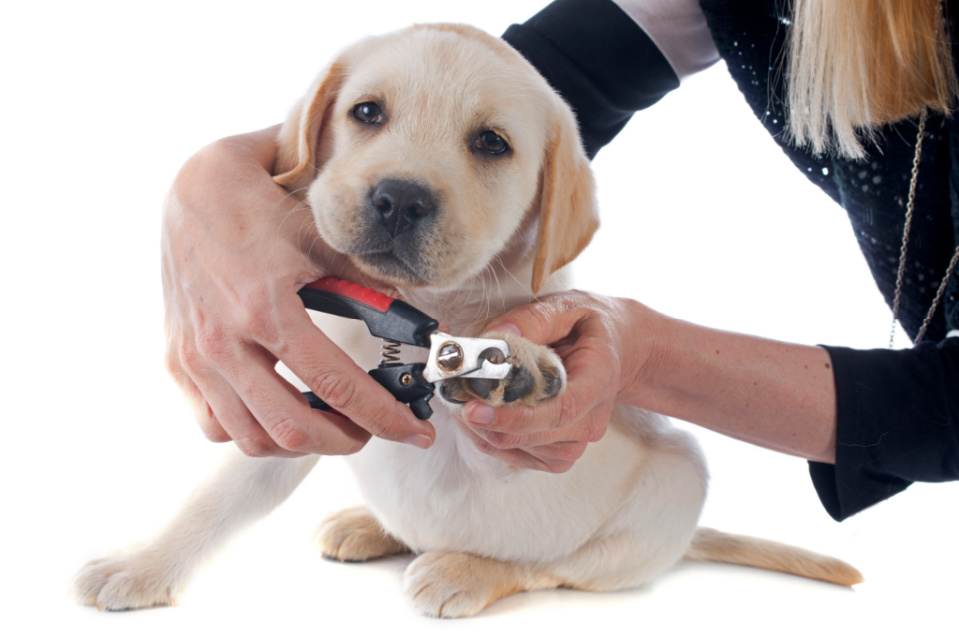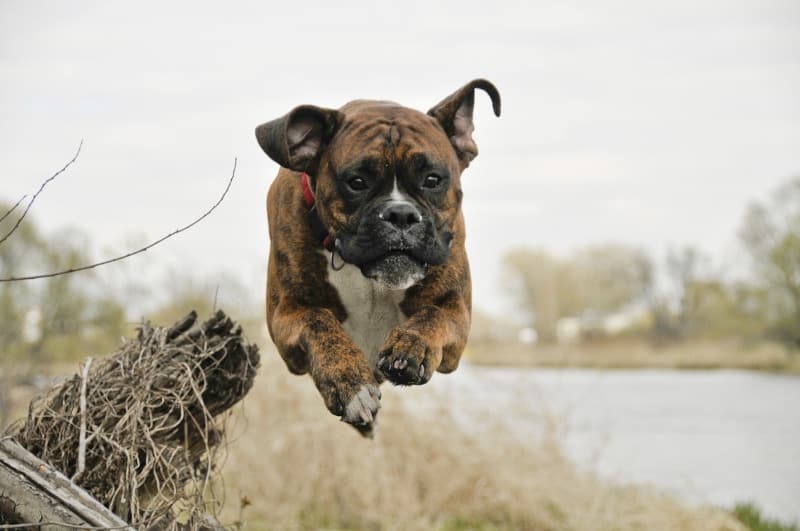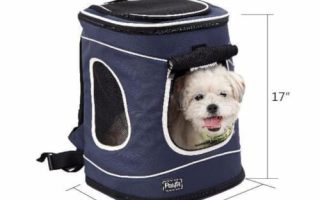Grooming is a challenge that all dog owners have to get over. Unless you can shell out enough money for regular dog nail trimming services near you, you have to learn how to cut dog nails that are too long. But actually doing it is not as easy as just thinking about how to cut Labrador nails.
Many pet owners are apprehensive of cutting their Lab’s nails because they fear accidentally hurting their pets. Sometimes, they want to avoid the ordeal altogether because they aren’t sure how to cut an uncooperative dog’s nails. Overall, the experience of having to cut your Lab’s nails is not always a pleasant one.
With good reason, though. Labradors can be very sensitive about their paws and can get skittish when their owner attempts to cut their nails. That, plus the additional pressure of maybe cutting into a part that should be left alone, can be a nerve-wracking process for many Labrador Retrievers and their owners.
But it doesn’t always have to be that way! There are some ways that you can make this experience better for both you and your Lab. The rest of this article will teach you how to trim dog nails that are overgrown.
Why do you have to keep your labrador nails short?
Before talking about anything else, you first have to understand the reasons why you have to keep your Labrador nails short. Why is it important to cut them? Do they not grow long if the dog is in the wild?
Technically, if your Labrador buddy constantly walks on rough surfaces like concrete or pavements, you won’t have to cut their nails as much. But as it is, dogs are mostly at home. Even taking your Lab on walks is not enough to tame nail growth.
One of the reasons you have to keep your Lab’s nails short is that it will look unattractive. Granted, this might not be the top of the list of your most important considerations. However, dog care and upkeep are imperative for their health.
Does it hurt dogs to have long nails?

On a more serious note, having long nails can be dangerous for your four-legged friends. This study has concluded that overgrown nails are one of the top reasons why dogs need veterinary care in the UK. Having long nails can be uncomfortable and even painful for your dog.
Since long nails can be uncomfortable and can cause pain, your Labrador Retriever will have a tendency to switch up their movement patterns to make this pain bearable. In effect, this causes certain joint issues. This phenomenon is especially dangerous for older dogs that have limited mobility.
In Labradors, this is also quite a huge issue. In another study, it was found that degenerative joint disease is one of the top disorders that Labradors have. This makes it even more important for you to learn how to cut Labrador nails to a manageable length.
How to tell if your Lab’s nails are getting too long?
Speaking of length, how do you know if your Lab’s nails are getting too long?
Well, it’s quite easy to tell when your dog’s nails are getting too long to be comfortable. But ultimately, it’s up to you and your experience with your Lab to tell with certainty.
Ideally, your dog’s nails should not touch the ground, or go over the paw when they are standing still. If they go beyond that, it is a sure sign that you need to get the nails cut. Any more, and it will soon get uncomfortable for your dog to walk.
Another marker is hearing your Labrador nails when they putter around the house. It should just be their paws hitting the ground and not nails clacking on the surface. Pay attention to this as well.
It’s necessary to understand what nail length your dog is comfortable with. You can’t just cut the nail clean off. There is a part of the nail called the quick that will bleed if cut (yikes!), but more on that in the next section.
What is the quick in a Labrador nails?
If you are a new dog owner, you might not be familiar with the quick yet. It’s essentially a nerve and blood supply that gives the nails the nourishment they need. As you would expect, cutting into the quick is a painful ordeal for your dog, so you should avoid doing so at all costs.
You can usually find the quick somewhere midway on the nail of your Lab. However, if you do not cut your dog’s nails regularly, you risk the quick overgrowing. When this happens, you might not be able to cut as far into the nail as is necessary to make your dog comfortable.
In these cases, you need to call your vet or groomer for advice on how to recede the quick. It’s not going to be an overnight process, but overall, it will be much better for your Lab.
The quick is easier to see in light-colored dogs. For yellow Labradors, you will be able to see the quick as a pinkish area in the middle of the nail. You can hold your Lab’s nail up to the light or shine a flashlight through it to see the quick better.
In darker dogs like chocolate or black Labs, it’s a different story. These dogs have black nails that make it incredibly difficult to identify where the quick is. This poses a huge risk of accidentally cutting into the quick instead of outside it. You may end up hurting your Lab instead, which may require you to learn how to clip dog nails when your dog is scared of being hurt again.
To avoid this, one trick that you can do is to flip your Lab’s nails and check the underside. Even in dark nails, you should be able to see a semi-circle or a crescent shape. That part signifies where the quick is, and you should cut a good distance from it.
Now, just because you identified the quick does not mean you can cut directly at it. You have to cut from quite a distance to avoid hurting your dog. Some dogs may feel squeamish or feel pain when you cut too close to the quick.
What to do when you cut into the quick?
Of course, there is always that dreaded feeling of what to do when you accidentally cut into the quick. Fortunately, there are a lot of available resources today that you can get your hands on. Take note, though, that cutting into the quick will definitely cause bleeding. Consequently, you should prepare for such a scenario.
The first thing you should do if you accidentally cut into the quick is staunch the bleeding. Don’t panic! Stay alert, and don’t worry too much. A cut quick is not life-threatening and can resolved at home most of the time.
The next thing you should do is apply some styptic powder on the wounded nail. The powder will ease the pain and will help the blood vessels contract to lessen blood flow. You can use a container to dip the nail in or use an applicator.
If you do not have styptic powder available, the next best thing is cornstarch. Most homes have it, and you are likely to have it as well. It’s a good substitute when you don’t have some styptic powder within your immediate reach.
To prepare for nail cutting, it’s best to have these safety materials on hand or close to you so you can reach them at any time. Nail cutting is not an easy task, and even experienced pet owners can cut into the quick from time to time.
Training your Labrador to get used to nails clipping
All those technicalities aside, dogs can get pretty squirmish with nail cutting. They usually don’t like anyone to hold their paws, so training your Labrador Retriever from a young age is the best thing you can do in terms of nail cutting. Though it can be pretty rough at first, you can slowly lean into training your Lab, and it will go much better once they are used to the sensation.
You shouldn’t launch directly into cutting your Lab’s nails full on, however, especially when you know they don’t like their paws being touched. They might just act out even more, and you’ll find it more difficult to trim dog nails that are overgrown.
You can start by cutting the nails in one paw or even one nail at a time. This allows their use to the feeling of what it’s like to have their nails cut. Hopefully, they will become used to it slowly and over time.
In some cases, you can even start by holding their paws lightly or tapping the clippers to their nails. This will give them the feeling that nail cutting is not really that scary of a task. If you slowly ease them into the routine, they will take to it much better and respond with ease.
One thing to try is to make it a casual thing for your Lab. If you are agitated, that means they will probably get agitated as well. You have to make sure that your dog associates a positive experience with nail clipping.
Cutting the nail
To cut into the nail, you have to hold your Lab’s paw in a comfortable position. Make sure that you identify where the quick is to avoid any potential accidents. After that, position your clippers about a few millimeters away from the quick.
Then, just snip it off! For black or chocolate Labs, it’s probably best to cut off very small parts and then file off the rest. That way, you can mitigate the risk of accidentally hurting your dog.
All in all
And there you have it, your dog’s toenail is clipped. If your Lab is not yet accustomed to the whole process, reward them a lot even after just one clip. If it makes them comfortable, you can even take a break and just get back to it in a few hours or the next day.
Nail clipping is a necessary task. But that doesn’t mean that your Labrador Retriever has to suffer in the process. With routine and some time, your Lab buddy will soon understand that nail care is part of the grooming process and is necessary for them to be healthy and cared for.







